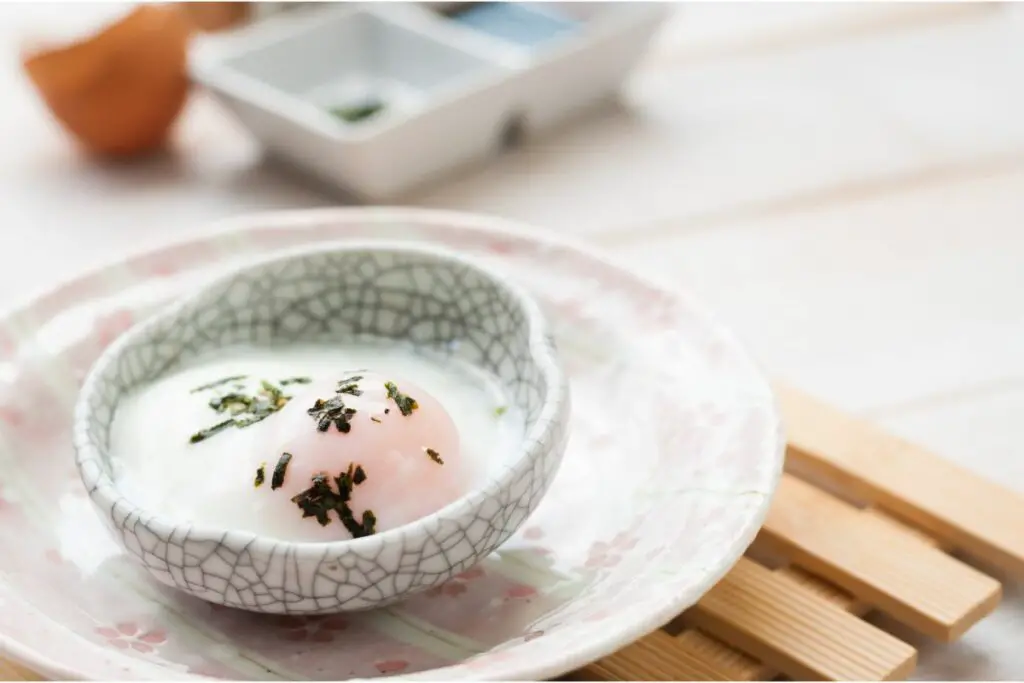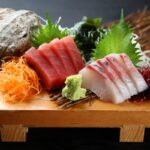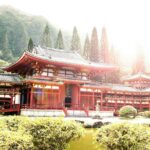A lot of traditional Japanese food is prepared in very particular and unique ways in order to give it a taste and texture unlike anything else, and the biggest and most popular example of this is onsen egg, also known as onsen tamago in Japan.
Not only does it have a very long-lasting history and important place within Japanese culture, but this bite-size meal has gone on to become one of the most beloved cuisines across the entire country, popping up on virtually every menu in any cafe or restaurant you walk into.
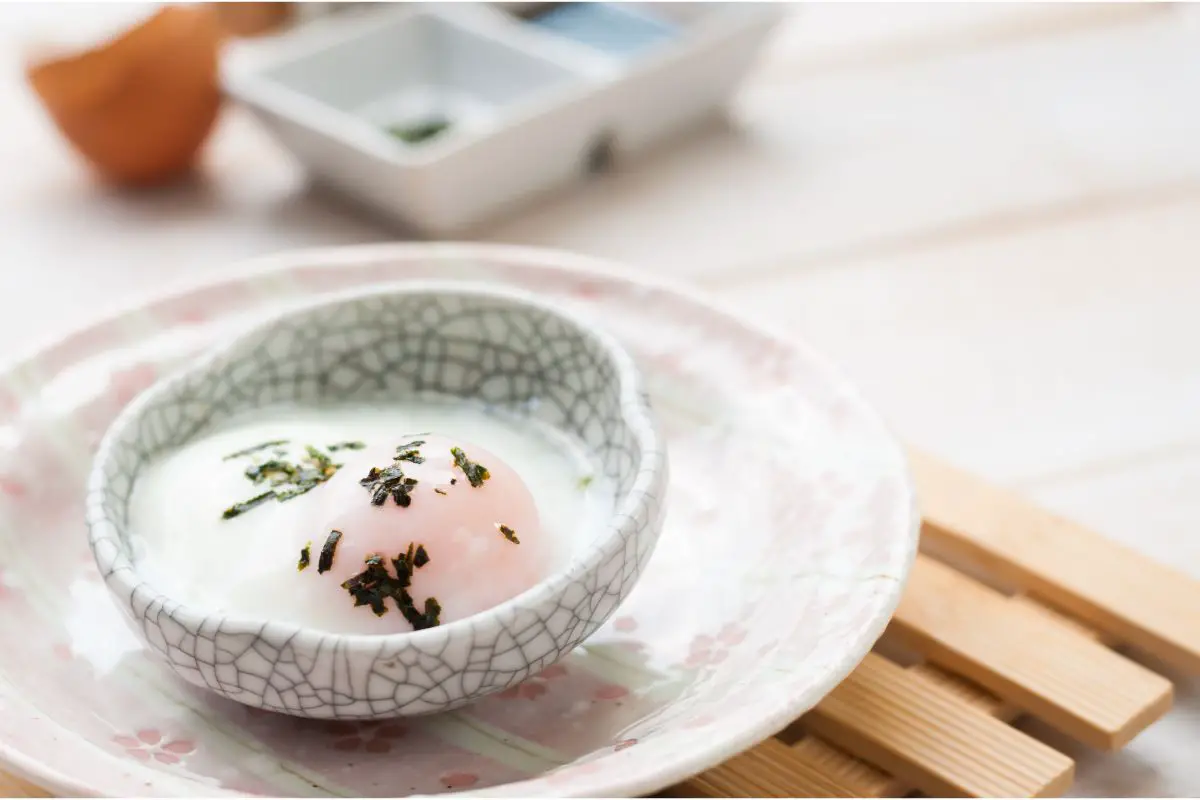
While it is certainly a very popular street food, you are still able to make this delicious dish yourself with just a handful of ingredients, so let’s get straight into it.
How Is Onsen Egg Made Traditionally?
Onsen eggs are traditionally made by slow-cooking an egg in hot spring water in order to make the whites smooth and soft while the yolk inside remains firm but still retains a slightly creamy texture, making this an incredibly unique take on the standard soft-boiled egg recipe which instead makes the yolk softer while keeping the whites firm.
This practice is believed to have first started approximately 300 years ago in the Onsen Town of Beppu in the Oita prefecture.
The popular story goes that a traveler accidentally left his eggs in one of the town’s hot springs after relaxing in it for a few hours along his journey, but when he returned to retrieve them, he found they were perfectly cooked.
Many restaurants and some cafes will still use this method to prepare onsen eggs, especially if they are a high-quality or luxurious establishment, though with that being said, for those that are not as close to a hot spring and may be tucked away in a busy urban city, there are other methods of preparing this egg that still gives it the unique taste and texture it is so well known for.
How Does Onsen Egg Taste?
Because of its incredibly unique texture, many people have described onsen egg as the “softest soft-boiled egg” you can eat, with it having a fairly sweet taste that is complimented so well by the silky smooth whites and the yolk which can be slightly chewier than usual because of how firm it remains after being cooked.
How To Make Onsen Egg
While hot springs may have been the secret ingredient when it came to preparing onsen eggs years ago, you can still make them even if you don’t have immediate access to one, so long as you heat the eggs at the right temperature and add a few extra additions to make it taste as authentic as possible.
Ingredients
- 5 Large Eggs
- 4 ¼ Cups of Water
- 1 Cup of Tap Water – This water needs to be colder than the room temperature
For Making The Sauce
- 2 Tbsp of Soy Sauce
- ⅓ Cup of Dried Bonito Flakes
- 1 Tbsp of Mirin
- ¼ Cup of Japanese Soup Stock
Step 1: Chill The Eggs
The key to making the perfect onsen egg recipe is to ensure all the temperatures are perfect, otherwise, it can end up causing the eggs to simply become soft-boiled eggs without the smooth and creamy whites.
Therefore, you will want to start by placing the eggs in the refrigerator for at least an hour before you start cooking so that they don’t heat up too quickly since this can end up ruining the dish.
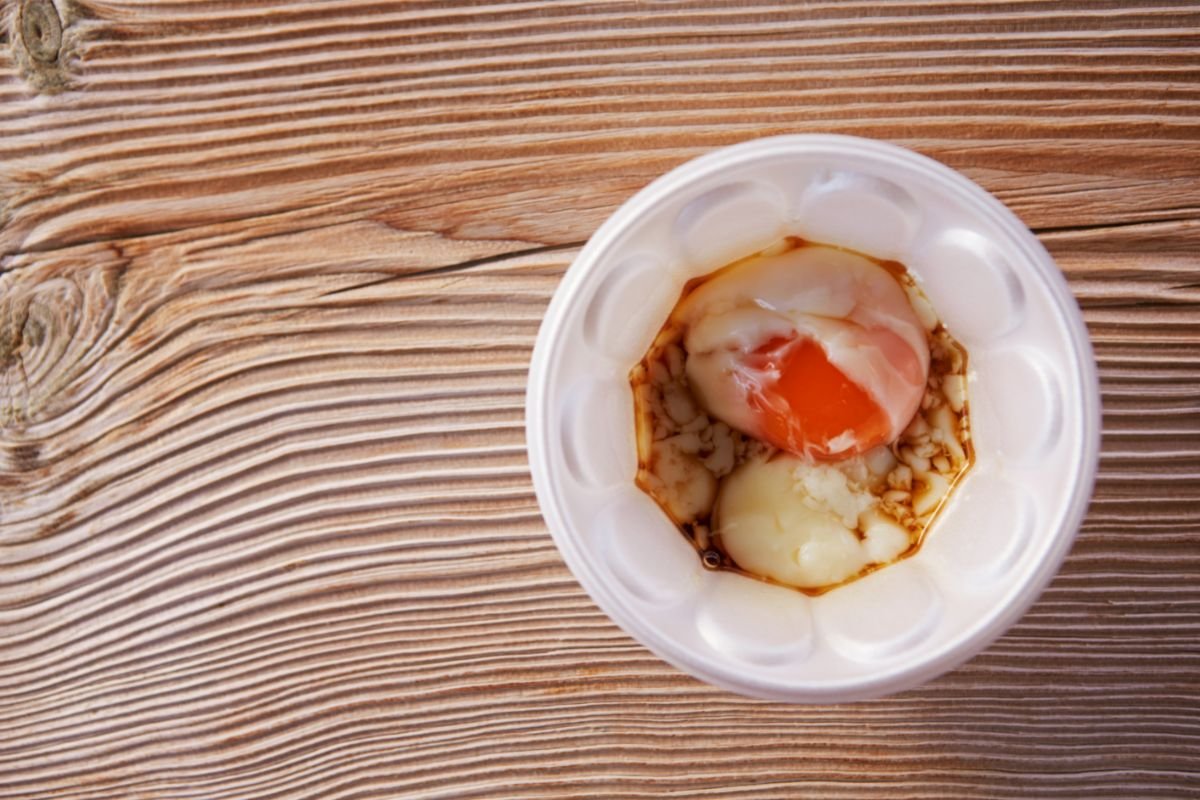
Step 2: Heat Up The Water
You’re going to want to start by taking a heavy-bottomed saucepan and pouring in the 4 ¼ cups of water, but not the cold water just yet.
As soon as you notice the water starting to boil, remove it from the heat and start taking the eggs out of the refrigerator.
Step 3: Start Boiling The Eggs
Remove the eggs from the refrigerator and pour the cold tap water into the boiling water in the saucepan.
When you bring the eggs to boil, you will need to make sure that you are heating them up at the right temperature so that the yolk remains firm without completely solidifying while the egg whites are still smooth and silky.
Therefore, you will need to set the temperature between 149 and 154 degrees Fahrenheit and let them boil for 18 minutes.
This is seen as the perfect temperature to thoroughly cook the eggs while still ensuring the yolk remains as firm as it can.
Step 4: Prepare The Sauce
While the eggs boil, you can prepare the sauce in the meantime. Simply mix the sauce ingredients in a smaller pan for a few minutes, but don’t insert the dried bonito flakes just yet.
After the sauce mixture starts to heat up after around 5 minutes of boiling on medium heat, remove the pan and sprinkle the dried bonito flakes over the top which will now drop to the bottom of the mixture.
Step 5: Remove The Eggs
After the eggs have been boiling for 18 minutes, remove them from the heat and carefully place them into a small bowl before cracking them so they can become creamy and smooth in their texture.
You preferably don’t want to be cracking more than 2 eggs at a time in a single bowl since this can sometimes cause it to be a little too soft and can take away some of the flavor, so having multiple bowls will make it much easier to enjoy this traditional cuisine at its best.
Step 6: Pour The Sauce Over The Eggs
Now that your onsen eggs are made, pour the warm sauce over them, and you’ll have a tasty and nutritious steaming onsen egg dish ready to tuck into.
Summary
Onsen eggs are one of the most delightful and satisfying Japanese dishes that you can try, and while you can definitely visit the nearest cafe to enjoy one off the menu, it’s just as easy to gather the ingredients and make your own, whether it’s just for you, or to feed multiple people at once.

